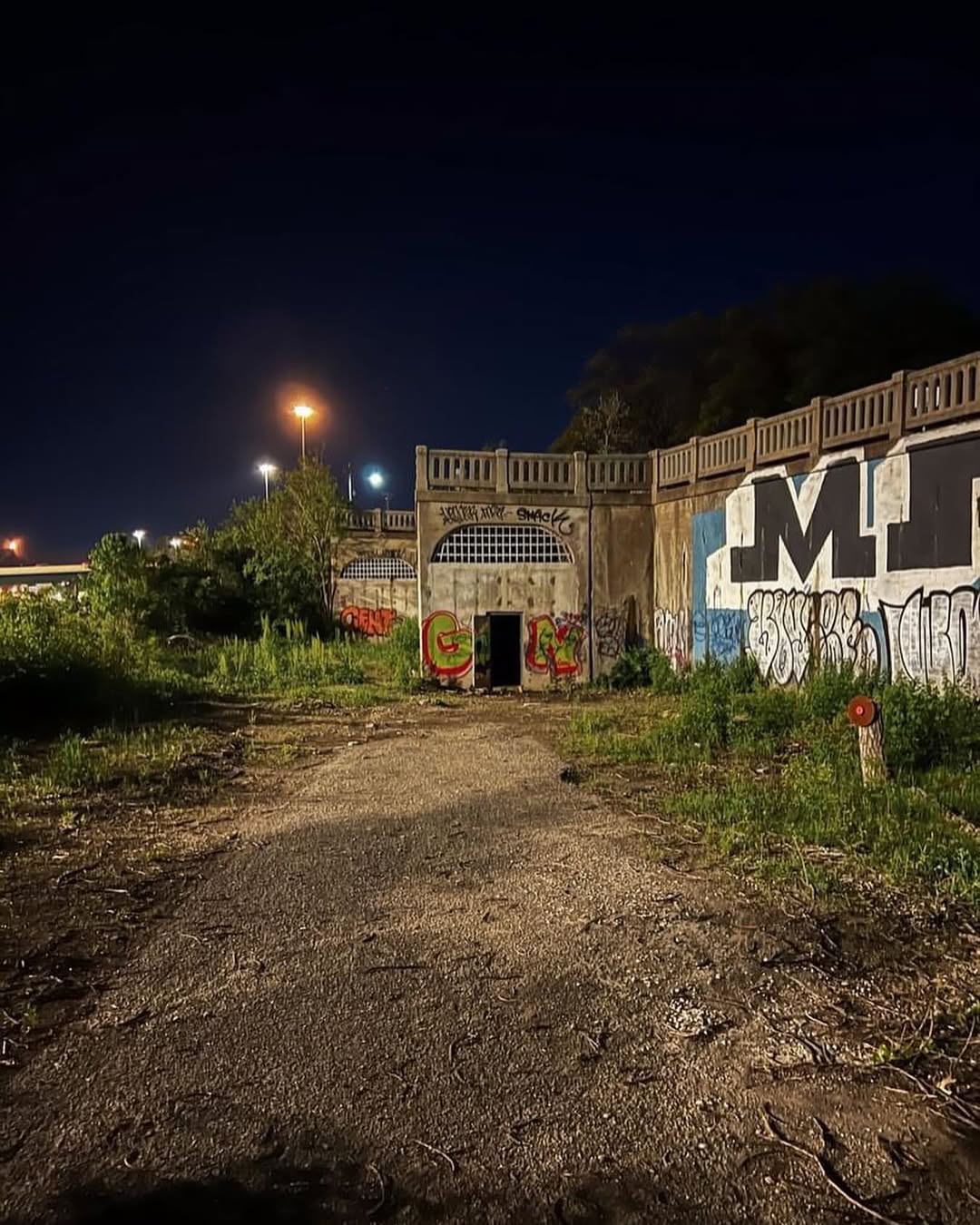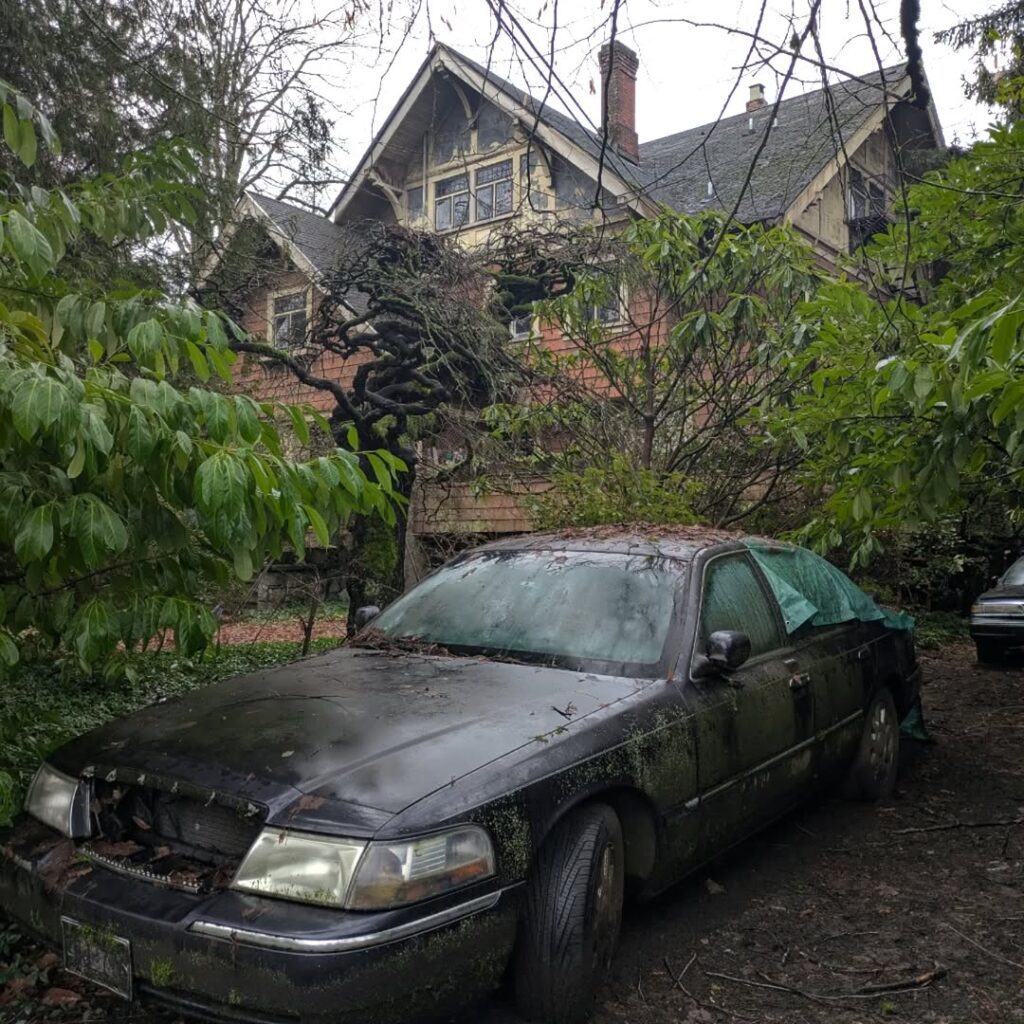Deep beneath the bustling streets of Cincinnati, Ohio, lies one of America’s most fascinating urban legends—a network of abandoned subway tunnels that tell the story of grand ambitions, political turmoil, and economic hardship. The Cincinnati subway system represents the largest abandoned subway tunnel network in the United States, stretching over two miles through the heart of the city. This underground labyrinth stands as a testament to what might have been, offering visitors and urban explorers a unique glimpse into a forgotten chapter of American transportation history.
Table of Contents
ToggleThe History Behind Cincinnati’s Underground Railway Dream
Early Transportation Challenges in Cincinnati
Cincinnati in the early 1900s faced significant transportation challenges. The city’s hilly terrain and growing population created congestion problems that horse-drawn carriages and early automobiles couldn’t adequately address. City planners recognized the need for an efficient public transportation system that could move large numbers of people quickly through the urban core.
The concept of an underground railway system gained traction as city officials observed the success of subway systems in cities like New York, Boston, and Philadelphia. These metropolitan areas had demonstrated that underground transportation could effectively serve dense urban populations while reducing street-level congestion.
The Miami and Erie Canal Connection
The abandoned Cincinnati subway tunnels have a unique origin story tied to the city’s historic Miami and Erie Canal. Built in the 1820s, this canal system connected Cincinnati to Toledo and played a crucial role in the city’s early economic development. However, by the early 1900s, the canal had become obsolete due to railroad transportation and changing commercial needs.
City planners saw an opportunity to repurpose the existing canal bed and right-of-way for a modern subway system. This approach would minimize construction costs and property acquisition challenges while providing a ready-made route through the city center. The decision to utilize the canal bed would prove to be both a blessing and a curse for the subway project.
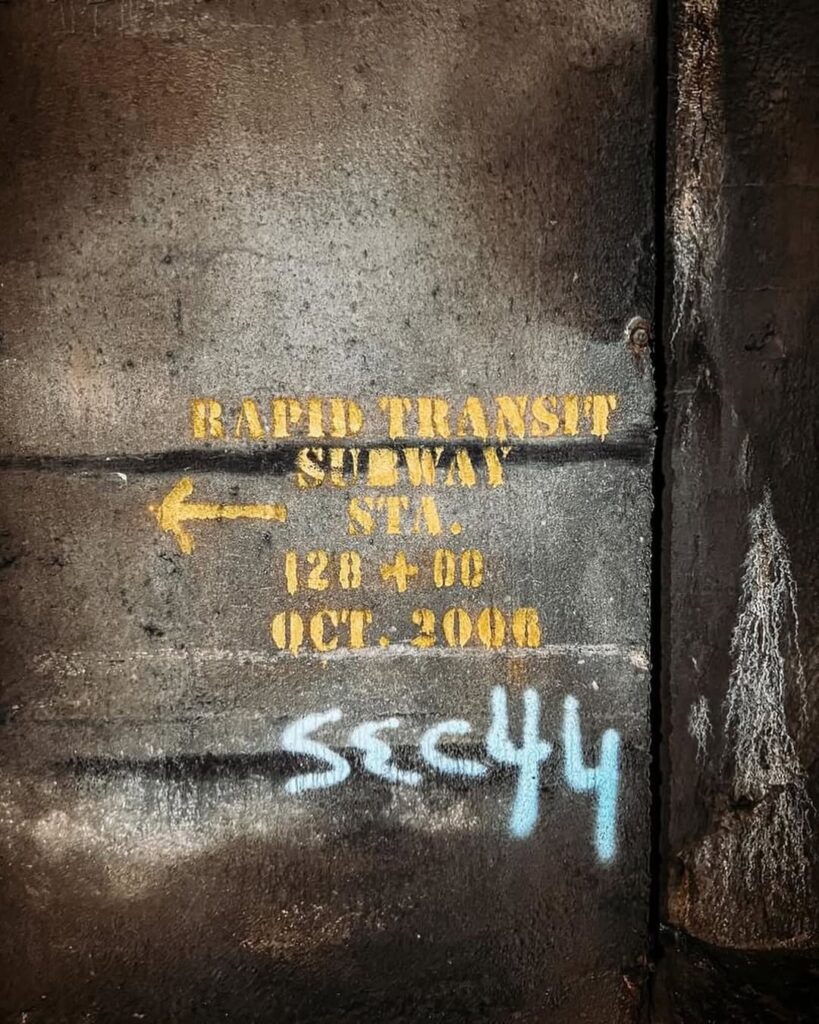
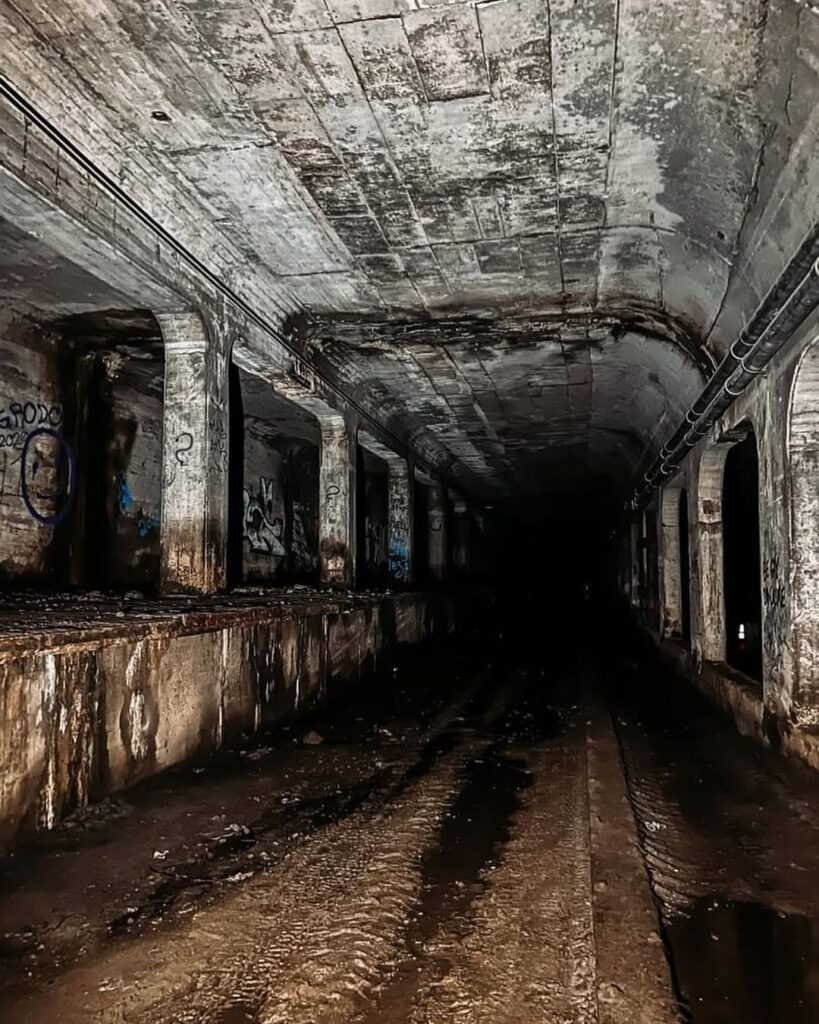
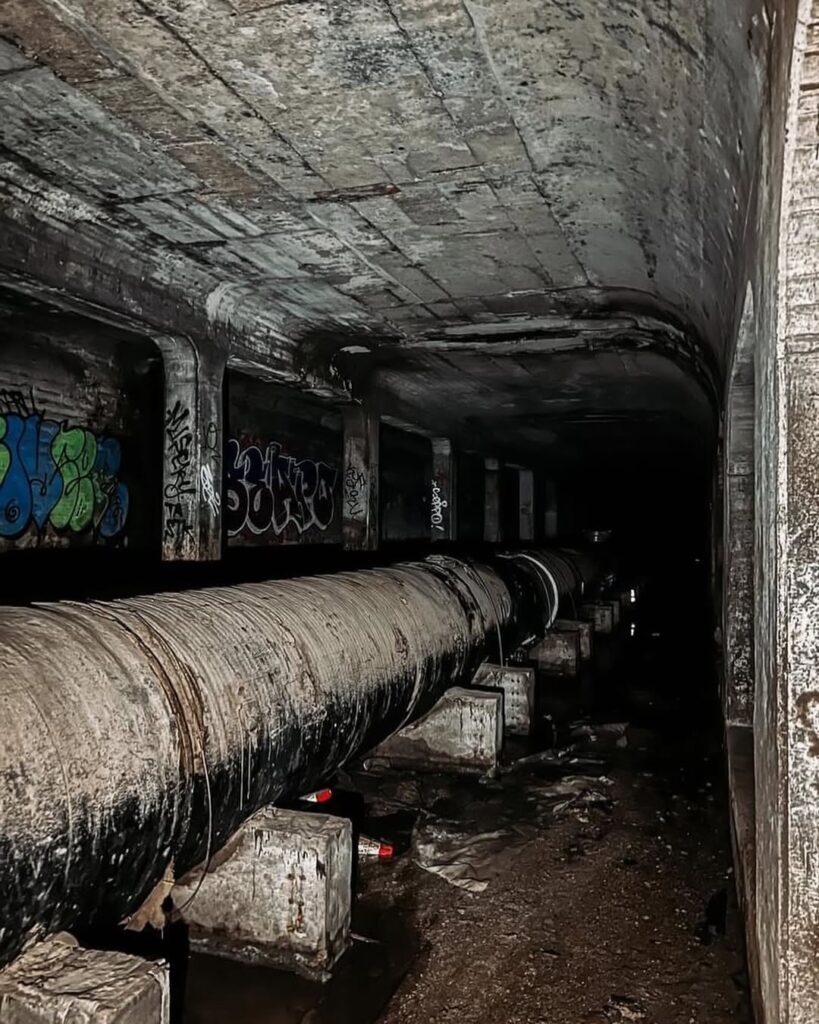

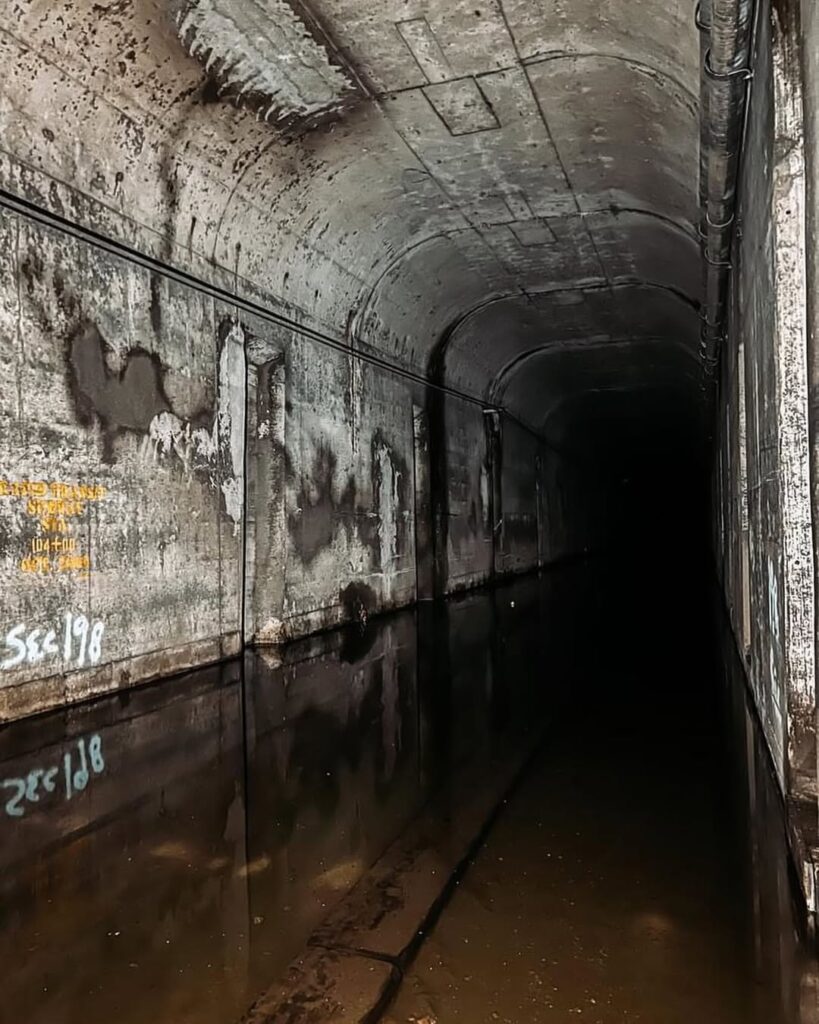
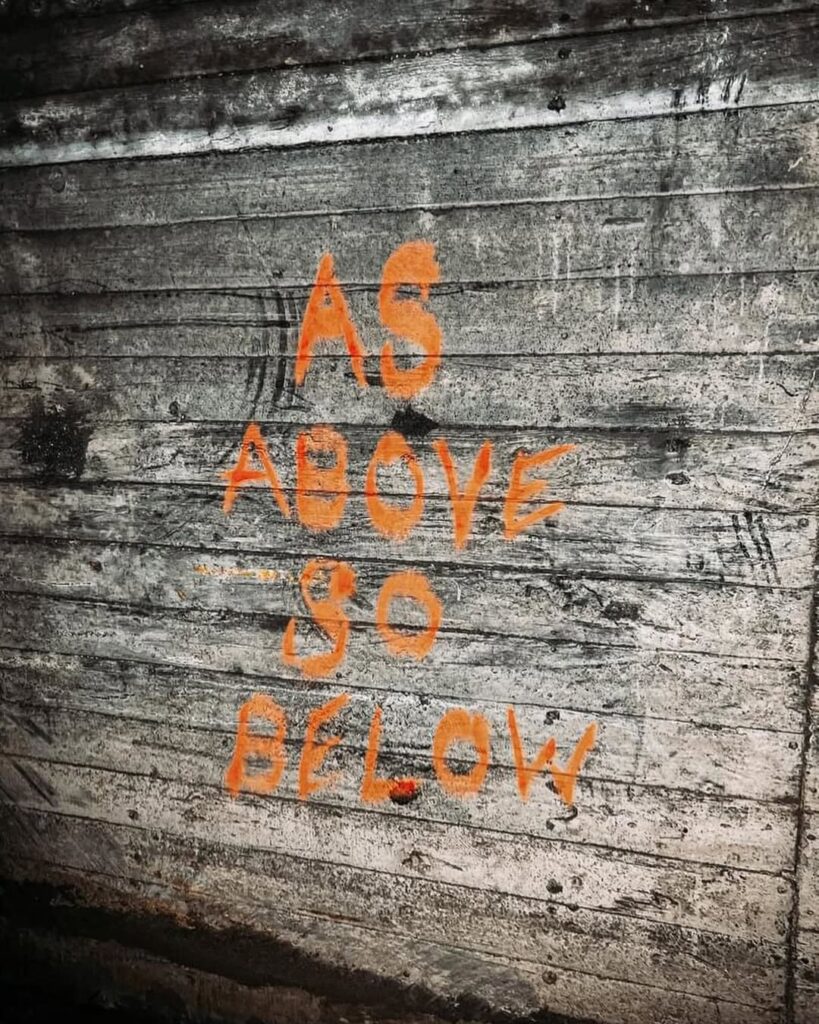
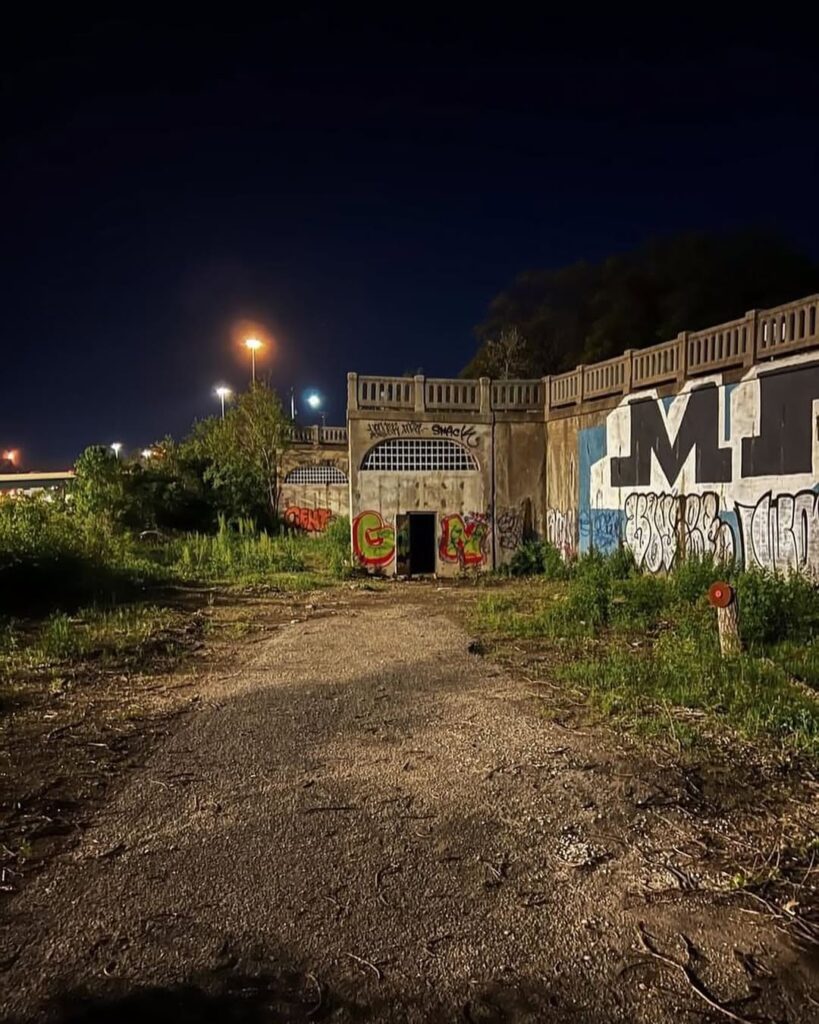
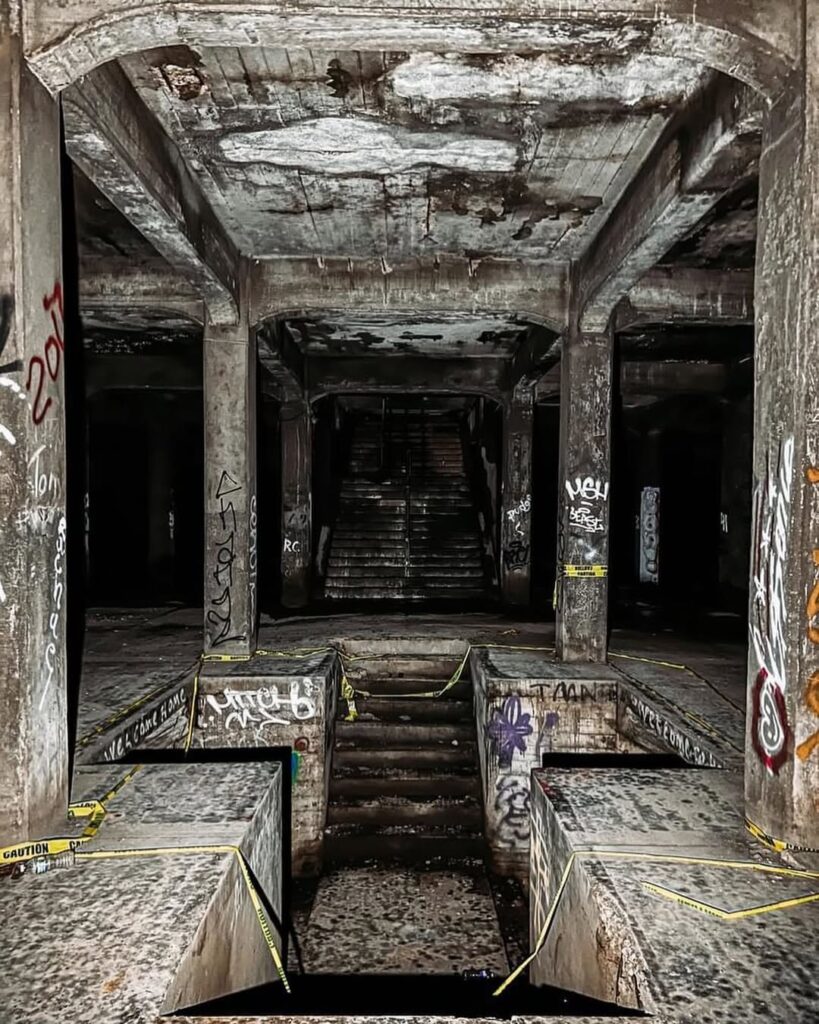
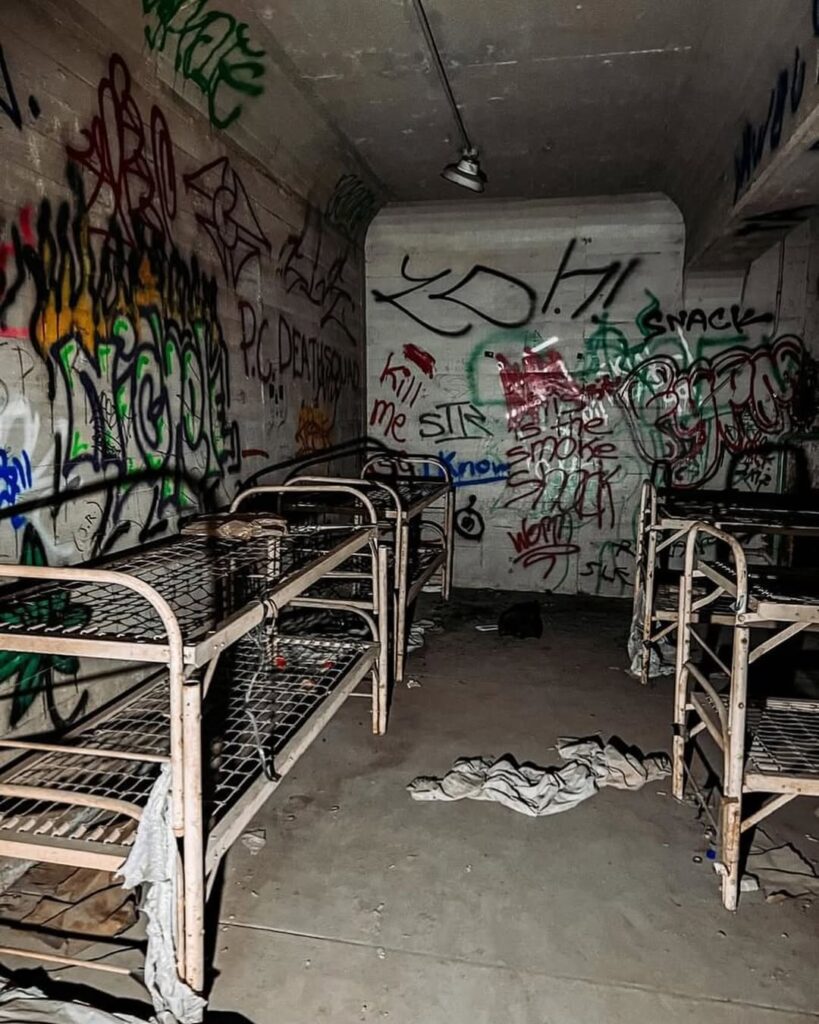
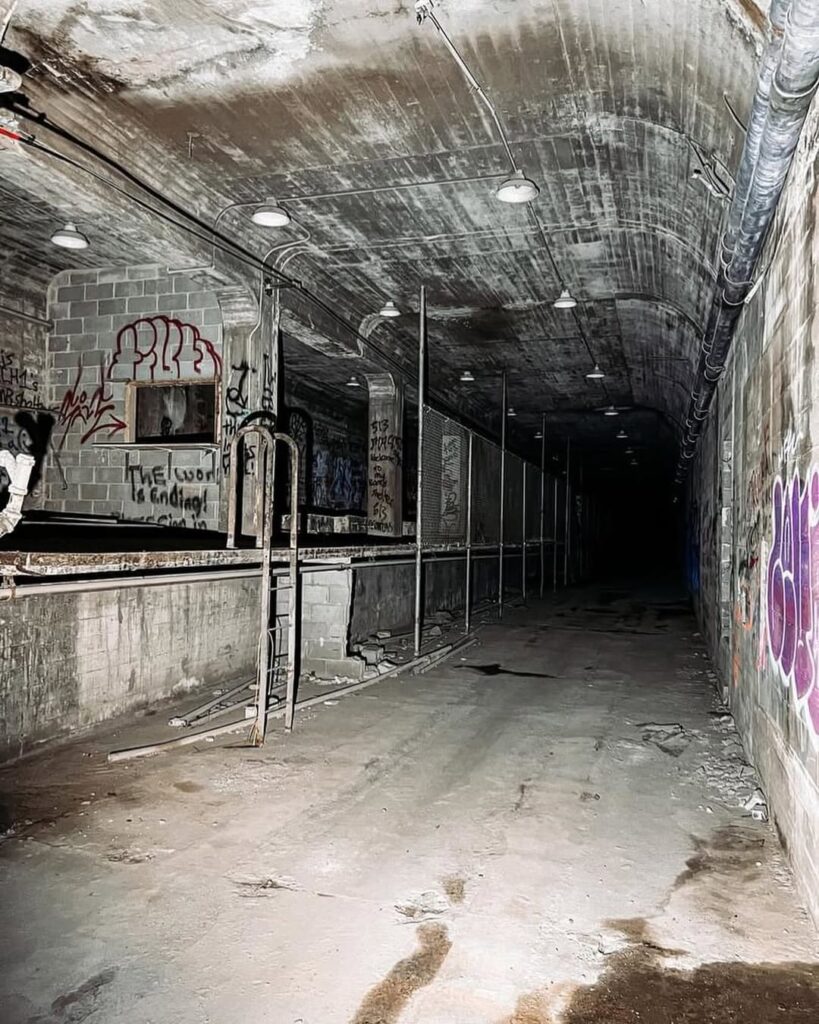
Planning and Construction of the Cincinnati Subway System
The Rapid Transit Commission and Initial Planning
In 1916, Cincinnati established the Rapid Transit Commission to oversee the development of a comprehensive subway system. The commission developed ambitious plans for a network that would span 16 miles, connecting downtown Cincinnati with outlying neighborhoods and suburbs. The proposed system would include multiple lines radiating from a central downtown hub, similar to the spoke-and-wheel design used in other major cities.
The initial plans called for a mix of underground tunnels and elevated tracks, depending on the terrain and neighborhood characteristics. The subway would feature modern stations with tile work, proper ventilation, and electric lighting—state-of-the-art amenities for the era.
Construction Begins in the 1920s
Construction of the Cincinnati subway began in earnest in 1920, with workers excavating tunnels along the former canal route. The project utilized the cut-and-cover method, where crews would dig trenches, build the tunnel structure, and then cover it with soil and roadway. This approach was cost-effective but caused significant disruption to street traffic and businesses.
The tunnel construction revealed interesting archaeological findings, including remnants of the original canal infrastructure and artifacts from Cincinnati’s early settlement period. Workers discovered old canal locks, stone foundations, and various historical items that provided insights into the city’s development.
Engineering Challenges and Solutions
The abandoned Cincinnati subway tunnels presented unique engineering challenges due to their location in the former canal bed. The soft, water-saturated soil required special drainage systems and reinforced concrete construction to prevent flooding and structural failure. Engineers had to design ventilation systems that could handle the humid conditions common in below-ground canal environments.
The tunnel system featured impressive engineering details, including curved sections designed to follow the natural contours of the former canal route. The tunnels were built to accommodate standard railway cars and included provisions for electrical systems, lighting, and emergency exits.
The Political and Economic Factors That Doomed the Project
Financial Struggles and Cost Overruns
The Cincinnati subway project faced mounting financial pressures throughout the 1920s. Initial cost estimates proved wildly optimistic, and the project experienced significant budget overruns due to unforeseen engineering challenges and inflation. The city had issued bonds to finance construction, but the revenue stream from fare collection seemed increasingly uncertain as automobile ownership grew.
Local taxpayers grew frustrated with the mounting costs and questioned whether the subway system would ever provide adequate returns on investment. Political opposition mounted as other municipal needs competed for limited public funds.
The Great Depression’s Impact
The stock market crash of 1929 and the subsequent Great Depression delivered the final blow to Cincinnati’s subway ambitions. The economic downturn reduced tax revenues and made it impossible for the city to continue funding the project. Construction workers were laid off, and equipment was abandoned in the tunnels.
The economic crisis also changed transportation patterns in Cincinnati. Many residents could no longer afford regular public transportation, and the anticipated ridership numbers that justified the subway investment evaporated. City officials faced the difficult decision of whether to continue pouring money into an increasingly uncertain project.
Political Opposition and Changing Priorities
Political opposition to the subway project grew stronger throughout the late 1920s and early 1930s. Critics argued that the money would be better spent on surface transportation improvements, such as better roads and bus systems. The rise of automobile culture in America also influenced public opinion, as many citizens viewed personal cars as the transportation solution of the future.
Newly elected city officials campaigned on platforms of fiscal responsibility and questioned the wisdom of continuing the subway project. The political momentum that had driven the initial construction gradually dissipated as other municipal priorities took precedence.
Current State of the Abandoned Subway Tunnels
Physical Condition and Preservation Efforts
Today, the abandoned Cincinnati subway tunnels remain largely intact, though they show signs of decades of neglect. The tunnels are generally in good structural condition, with the concrete construction having withstood the test of time. However, water seepage, graffiti, and debris accumulation have affected the aesthetic appearance of the underground spaces.
The city has made periodic efforts to assess and maintain the tunnels, primarily for safety reasons. Engineering studies have confirmed that the tunnel structure remains sound, though some areas require ongoing monitoring for water infiltration and potential structural issues.
Security and Access Restrictions
The abandoned Cincinnati subway tunnels are officially closed to public access due to safety and security concerns. The city has installed gates and barriers at tunnel entrances to prevent unauthorized entry. However, urban explorers and photographers have found ways to access the tunnels over the years, leading to occasional safety incidents and vandalism.
Law enforcement agencies periodically patrol the tunnel entrances and surrounding areas to deter trespassers. The city has also installed security cameras and alarm systems at key access points to monitor unauthorized activity.
Underground Infrastructure and Utilities
The tunnel system now serves various utility functions, housing water mains, electrical conduits, and telecommunications cables. This secondary use has helped justify the cost of basic maintenance and has provided some economic value from the original investment. The tunnels offer a protected environment for critical infrastructure that serves downtown Cincinnati.
City officials have explored various proposals for repurposing the tunnels, including data centers, storage facilities, and tourism attractions. However, the costs associated with full renovation and the regulatory challenges of public access have limited these initiatives.
Urban Exploration and the Abandoned Subway’s Cultural Impact
The Allure of Abandoned Infrastructure
The abandoned Cincinnati subway tunnels have become legendary among urban explorers and photographers interested in abandoned infrastructure. The tunnels represent a unique example of “ruins of the future”—modern infrastructure that was abandoned before it could fulfill its intended purpose. This paradox appeals to those fascinated by failed utopian projects and the unintended consequences of urban planning.
Photography enthusiasts are drawn to the tunnels’ distinctive architectural features, including arched ceilings, abandoned railway infrastructure, and the interplay of light and shadow in the underground spaces. The tunnels provide a dramatic backdrop for artistic photography and have been featured in numerous publications and online galleries.
Safety Concerns and Legal Issues
Urban exploration of the abandoned Cincinnati subway tunnels carries significant risks and legal consequences. The tunnels contain hazards such as unstable debris, water-filled sections, and poor air quality in certain areas. The darkness and maze-like layout can lead to disorientation and potential accidents for unprepared visitors.
Trespassing in the tunnels is illegal and can result in criminal charges, fines, and potential civil liability. The city takes unauthorized access seriously due to both safety concerns and the potential for vandalism or damage to utility infrastructure housed within the tunnels.
Documentary and Media Coverage
The abandoned Cincinnati subway tunnels have been featured in numerous documentaries, television programs, and online videos exploring urban abandonment and failed infrastructure projects. These media presentations have helped raise awareness of the tunnels’ existence and historical significance while also contributing to their mystique.
Local historians and preservation advocates have used media coverage to promote greater appreciation for the tunnels as a unique piece of Cincinnati’s heritage. Some have argued for controlled public access or museum-style tours that would allow safe exploration while preserving the tunnels’ integrity.
Proposals for Repurposing the Underground Space
Tourism and Educational Opportunities
Various proposals have emerged over the years to transform the abandoned Cincinnati subway tunnels into tourist attractions or educational facilities. These plans typically envision guided tours that would allow visitors to explore the tunnels safely while learning about Cincinnati’s transportation history and urban development.
Tourism-focused proposals have included plans for underground museums, art galleries, and historical exhibits that would showcase the tunnels’ unique story. Proponents argue that such attractions could generate revenue for the city while preserving an important piece of local history.
Modern Transportation Solutions
Some transportation planners have proposed updating the abandoned Cincinnati subway tunnels for modern light rail or bus rapid transit systems. These proposals would involve significant renovation and modernization of the existing infrastructure while taking advantage of the existing underground right-of-way.
However, modern transportation proposals face challenges related to the tunnels’ original design specifications, which may not meet current safety and accessibility standards. The cost of upgrading the infrastructure to modern standards often exceeds the cost of building new transportation systems.
Commercial and Industrial Uses
Commercial developers have occasionally proposed repurposing the abandoned Cincinnati subway tunnels for various business purposes, including data storage facilities, underground parking, or specialty retail spaces. The tunnels’ stable temperature and humidity conditions make them potentially suitable for certain types of commercial operations.
However, commercial proposals face significant regulatory hurdles related to building codes, fire safety, and accessibility requirements. The cost of bringing the tunnels up to modern commercial standards while maintaining their historical character presents ongoing challenges.
Lessons Learned from Cincinnati’s Subway Experiment
Urban Planning and Infrastructure Investment
The story of the abandoned Cincinnati subway tunnels offers valuable lessons about urban planning and infrastructure investment. The project demonstrates the importance of realistic cost estimation, comprehensive feasibility studies, and sustained political commitment for major public works projects.
Modern urban planners can learn from Cincinnati’s experience about the need for flexible project management and the ability to adapt to changing economic and social conditions. The subway project’s failure illustrates how external factors such as economic downturns and technological changes can impact long-term infrastructure investments.
The Role of Public Support and Political Will
Cincinnati’s subway project highlights the critical importance of maintaining public support and political will throughout major infrastructure initiatives. The gradual erosion of public confidence in the project contributed significantly to its ultimate abandonment, demonstrating how community engagement and transparent communication are essential for project success.
The experience also shows how changing transportation preferences and technological advances can affect the viability of infrastructure projects. The rise of automobile culture in America during the 1920s and 1930s fundamentally altered the transportation landscape that the subway system was designed to serve.
Conclusion: The Enduring Legacy of Cincinnati’s Underground
The abandoned Cincinnati subway tunnels remain one of America’s most intriguing examples of unfinished infrastructure, representing both the ambitions and limitations of early 20th-century urban planning. These underground passages serve as a physical reminder of how economic, political, and social factors can dramatically alter the trajectory of major public works projects.
While the tunnels never fulfilled their intended purpose as a transportation system, they have achieved a different kind of significance as a historical artifact and cultural curiosity. The story of Cincinnati’s subway continues to fascinate urban explorers, historians, and city planners who see in these abandoned tunnels both a cautionary tale and a source of inspiration for future infrastructure projects.
Today, the abandoned Cincinnati subway tunnels stand as a unique piece of American urban history, waiting beneath the streets for someone to unlock their potential once again. Whether they will ever serve their original transportation purpose or find new life as cultural attractions, commercial spaces, or educational facilities remains to be seen. What is certain is that these tunnels will continue to captivate the imagination of those who discover their hidden existence beneath one of America’s great cities.
The legacy of Cincinnati’s subway experiment extends beyond the physical tunnels themselves, offering lessons about the complexity of urban development and the unpredictable nature of progress. As cities across America grapple with modern transportation challenges, the story of Cincinnati’s abandoned subway serves as both a reminder of past failures and a source of insight for future solutions.
![]()
Abandonedplace.com is your premier online destination for discovering and share the Top 50 abandoned places in the world. Our platform is dedicated to discovering the mystery, history and beauty of forgotten places through the Lenses of Urban Exploration

